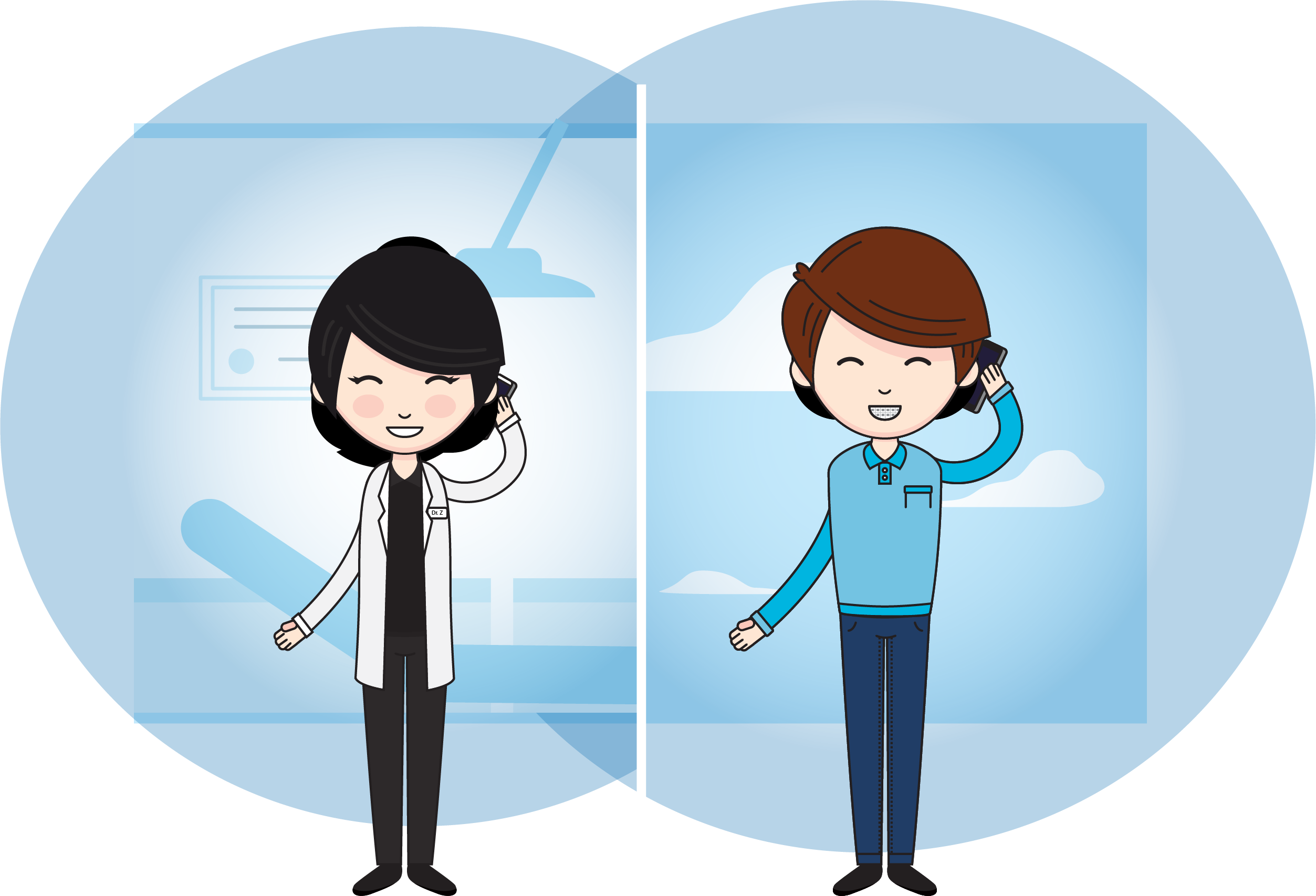LOCATION
17111 West Rd, Suite 101
Houston, TX 77095
HOURS
9:00 AM – 5:00 PM M, Tu, Th, Fri (dentist + ortho)
8:30 AM – 11:30 AM Sat (ortho only, by appt)
CONTACT
Phone: (832)377-5887 (call or text)
Email: FrontDesk@ZLSmiles.com

The American Association of Orthodontists recommends an evaluation by an orthodontist by the age of seven. By this age, most children will have a mix of baby teeth and adult teeth. Early orthodontic diagnosis and correction may prevent or intercept more serious problems from developing. When needed, early treatment results in shorter and more ideal results with treatment at a later age. Early treatment allows us to achieve results that may not be possible once the face and jaws have finished growing.
EARLY TREATMENT GIVES THE ORTHODONTIST A CHANCE TO:
A FEW THINGS TO LOOK FOR THAT MAY MEAN YOUR CHILD NEEDS TO SEE AN ORTHODONTIST:
Phase I (early treatment) usually lasts 6-12 months focusing on the specific needs of your child. After this phase of treatment, most patients will be braces free for about 1-2 years while we continue to monitor the growth and development of the rest of the teeth on a 6 month basis.
Phase II (full braces treatment) is recommended to ensure all teeth are in alignment, establishing a harmonious bite and facial balance. Through an early orthodontic evaluation, you will be giving your child the best opportunity for a healthy, beautiful smile.
Once your child lost all their baby teeth, it is time for comprehensive treatment. Many teens will have all their adult teeth between the ages of 11-15. If you notice the adult teeth are still not in the mouth two months after the corresponding baby teeth have fallen out please let us know as soon as possible. We offer classic metal braces where you have the option to choose your favorite colors and update them every 4-6 weeks. If you prefer a less visible option, we also offer ceramic (tooth colored) brackets. Dr. Zhang will discuss with you and your child which treatment option will best suit your needs. We know it is hard to be a teen and a parent nowadays. Our convenient location and flexible hours will make your trip to the orthodontist quick and easy. Dr. Zhang and the team will make every effort to finish your child on time so they can have a beautiful smile at their quinceañera, sweet sixteen or senior prom.
DO BRACES HURT?
It does not hurt to put on braces! Most patients experience soreness for about three days after braces are initially put on. After the “break in” period, most people do not feel any soreness at all! We use shape memory NiTi wires, same technology utilized by NASA, to exert a continuous, light force so your teeth continue to straighten with little discomfort for you.
HOW LONG CAN I KEEP MY BRACES?
Comprehensive treatment usually takes around 2 years. If your child had prior phase I treatment, it will greatly shorten the treatment time. The severity of the malocclusion (bite issues) will also affect the treatment time. Most importantly the patient’s willingness to take care of the braces and use rubber bands as directed will greatly alter the estimated treatment time.
DO I NEED RETAINERS AFTER BRACES?
Yes. Retainers need be worn full time for 2-6 months and followed by nightly wear for life to ensure teeth do not shift.
17111 West Rd, Suite 101
Houston, TX 77095
9:00 AM – 5:00 PM M, Tu, Th, Fri (dentist + ortho)
8:30 AM – 11:30 AM Sat (ortho only, by appt)
Phone: (832)377-5887 (call or text)
Email: FrontDesk@ZLSmiles.com